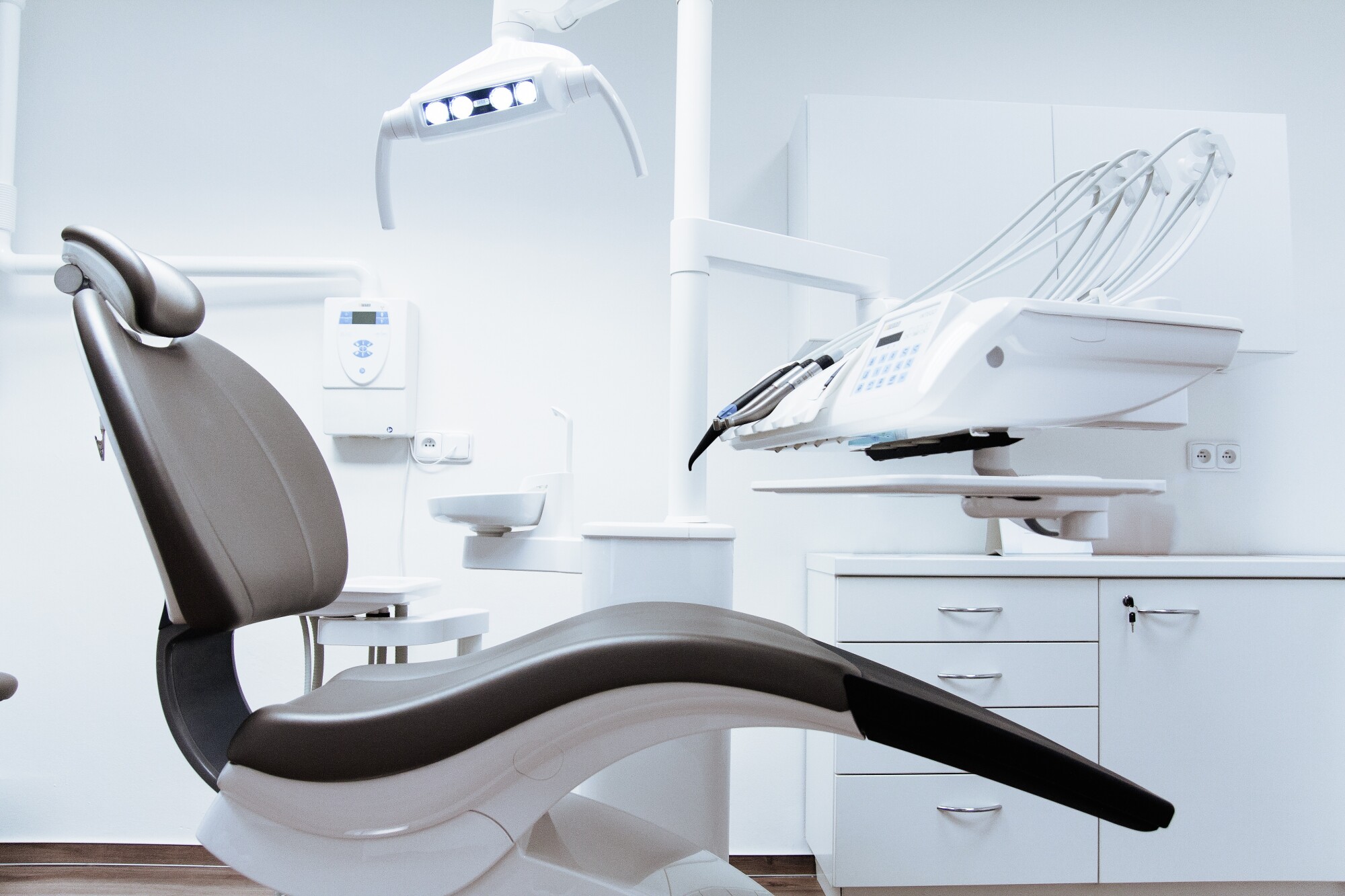Everything You Need to Know About the LANAP Procedure for Periodontal Disease

If you’re in your 30s (or older), there’s a 50% chance you have periodontitis. The Centers for Disease Control and Prevention backs this up.
According to the CDC, this disease afflicts 47.2% of people within your age range. What’s more, the agency also found that 70.1% of adults aged 65 years and over also have it.
Make no mistake though. Periodontitis, the much more advanced form of gingivitis, doesn’t discriminate against age. It can affect anyone with dental plaque.
The good news is, there is now a less painful way to treat gum disease. Known as the LANAP procedure, it gives patients a way to put their gums’ health back in track.
What exactly is it though? How can it even help those suffering from chronic periodontitis?
All these questions and more, we’ll answer in this post. So, keep reading to find out if this gum treatment is right for you!
Stopping Periodontitis Means Avoiding Tooth Loss
In people who have periodontitis, harmful bacteria cause their gums to become inflamed. Their gums start to “recede” or pull away from their teeth. This recession can then lead to a destruction of the gum tissues supporting the tooth.
As you can already guess, leaving your condition untreated can cost you your teeth. In fact, periodontitis is the leading cause of tooth loss. It can even destroy parts of your jawbone, which can affect your facial features.
Now, you don’t want to become one of the 35 million people in the U.S. who are toothless, do you? Besides, periodontitis is painful enough as it is.
Where the LANAP Procedure Comes into Play
LANAP stands for laser-assisted new attachment procedure. It’s a minimally-invasive treatment for gum disease that uses a specific type of dental laser. There’s only one laser approved for LANAP protocol, and that’s the PerioLase MVP-7.
What makes it stand out is that it’s the only FDA-cleared protocol for “True Regeneration”.
This refers to the complete regeneration of tissues damaged by gum disease. It also means that the procedure doesn’t involve any surgery, scalpel, or bone grafts. The use of LANAP also results in both new periodontal ligament and alveolar bone growth.
But that’s only part of the power of the LANAP gum treatment.
Higher Success Rate, Less Pain
In most cases, a licensed dentist carries out the LANAP protocol. Although it’s minimally-invasive, you still have to go under local anesthesia.
Before the procedure, the dentist conducts a complete diagnosis and periodontal charting. This way, your dentist can determine the severity of your periodontitis.
During the procedure, a thin laser fiber goes between your affected tooth and gum. The laser is about as thin as three strands of human hair.
From there, the dentist clears away the disease and infection without having to cut your gums. Your tooth roots also undergo cleaning, ensuring complete removal of tartar and plaque.
To complete the process, the dentist uses the same laser (with a different setting) to close the pocket. The laser creates a blood clot, which acts as the “sealant” for this pocket.
LANAP therapy requires two sessions, with each taking about two hours. The dentist treats one side of your mouth during the first, then the other on your second session. Since the procedure doesn’t involve cuts or lacerations, there is no downtime.
The website http://DassaniDentistry.com offers a more detailed look at the procedure.
Treat Your Gum Disease Once and For All
Imagine that. Being able to get rid of periodontitis without having to undergo the knife. All that, while also re-growing gums, tissues, and bone that you’ve lost to the disease.
So, consider undergoing the LANAP procedure to say goodbye to painful periodontitis. Doing so may even help improve your heart health and prevent diabetes!
Looking for more science and technology info like this? If so, then feel free to browse our blog’s Amazing Science section.



